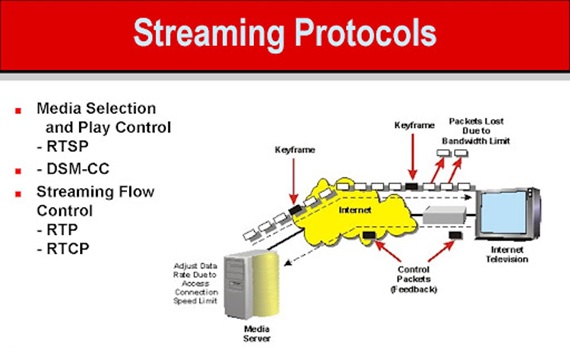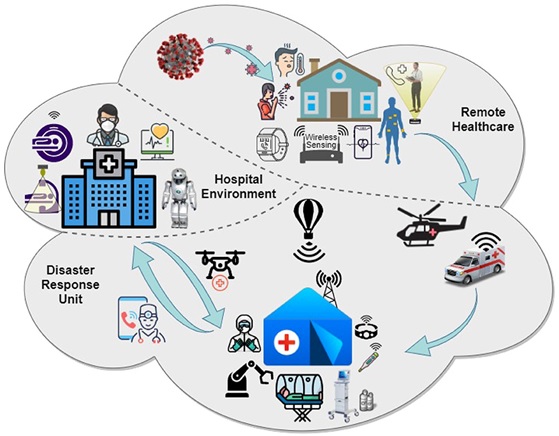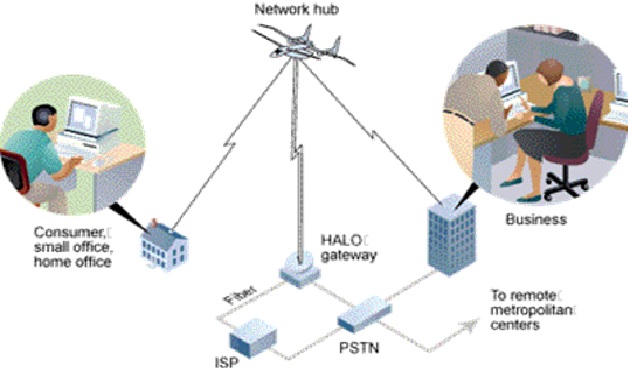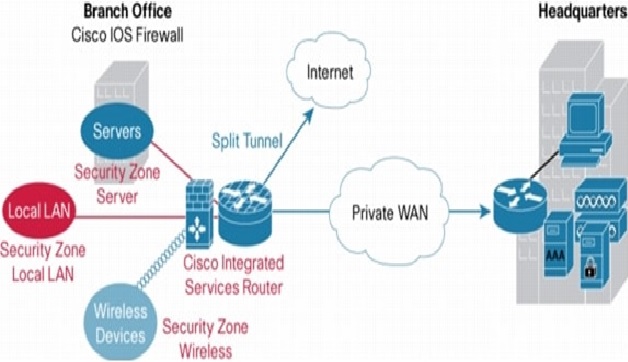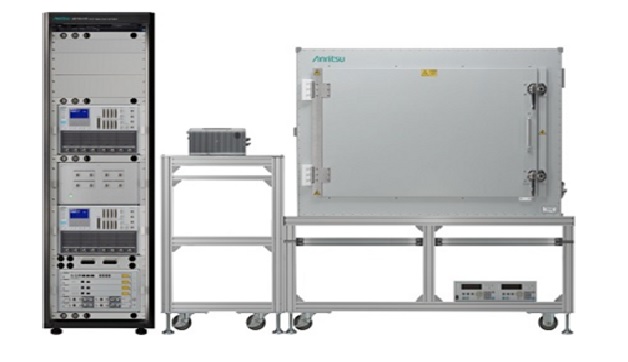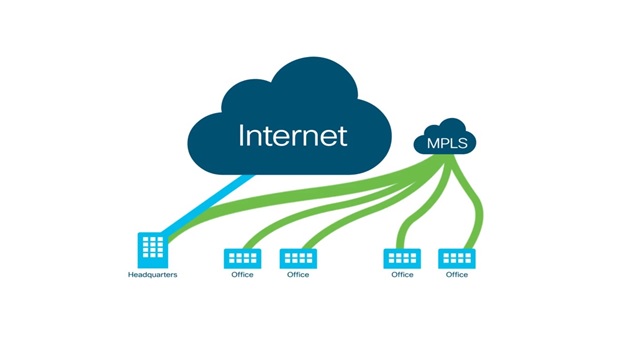Development of MANET Technology
Nandhinidwaraka. S October 12, 2021 | 10:45 AM Technology
MANET stands for Mobile Adhoc Network also called a wireless Adhoc network or Adhoc wireless network that usually has a routable networking environment on top of a Link [1] Layer ad hoc network.

Figure1: MANET Technology
They consist of a set of mobile nodes connected wirelessly in a self-configured, self-healing network without having a figure1 shown above the paragraph fixed infrastructure. MANET nodes are free to move randomly as the network topology changes frequently. Each node behaves as a router as they forward traffic to other specified nodes in the network.
- A MANET consists of a number [2] of mobile devices that come together to form a network as needed, without any support from any existing internet infrastructure or any other kind of fixed stations.
- A MANET can be defined as an autonomous system of nodes or MSs (also serving as routers) connected by wireless links, the union of which forms a communication network modeled in the form of an arbitrary communication graph.
- This is in contrast to the well-known single hop cellular network model that supports the needs of wireless communication between two mobile nodes relies on the wired backbone and fixed base stations.
- In a MANET, no such infrastructure exists and network topology may be changed dynamically in an unpredictable manner since nodes are free to move and each node has limiting transmitting power, restricting access to the node only in the neighboring range.
- MANETs are basically peer-to-peer, multi-hop wireless networks in which information packets are transmitted in a store and forward manner from a source to an arbitrary destination, via intermediate nodes
Characteristics of MANET
- In MANET, each node act as both host and router. That is it is autonomous in behavior.
- Multi-hop radio relaying- When a source node and a destination node for a message is out of the radio range, the MANETs are capable of multi-hop routing.
- Distributed nature of operation for security, routing and host configuration. A centralized firewall is absent here.
- The nodes can join or leave the network anytime, making the network topology dynamic in nature.
- Mobile nodes are characterized by less memory, power and lightweight features.
- The reliability, efficiency, stability, and capacity of wireless links are often inferior when compared with wired links. This shows the fluctuating link bandwidth of wireless links.
- Mobile and spontaneous behavior which demands minimum human intervention to configure the network.
- All nodes have identical features with similar responsibilities and capabilities and hence it forms a completely symmetric environment.
- High user density and large level of user mobility.
References:
- https://www.geeksforgeeks.org/introduction-of-mobile-ad-hoc-network-manet/
- https://www.javatpoint.com/mobile-adhoc-network
- https://www.eexploria.com/manet-mobile-ad-hoc-network-characteristics-and-features/
Cite this article:
Nandhinidwaraka. S (2021), Development of MANET Technology, AnaTechMaz, pp. 41
Previous Post Benefits of Packet Sniffers
Next Post Features of Cisco IOS Firewall



